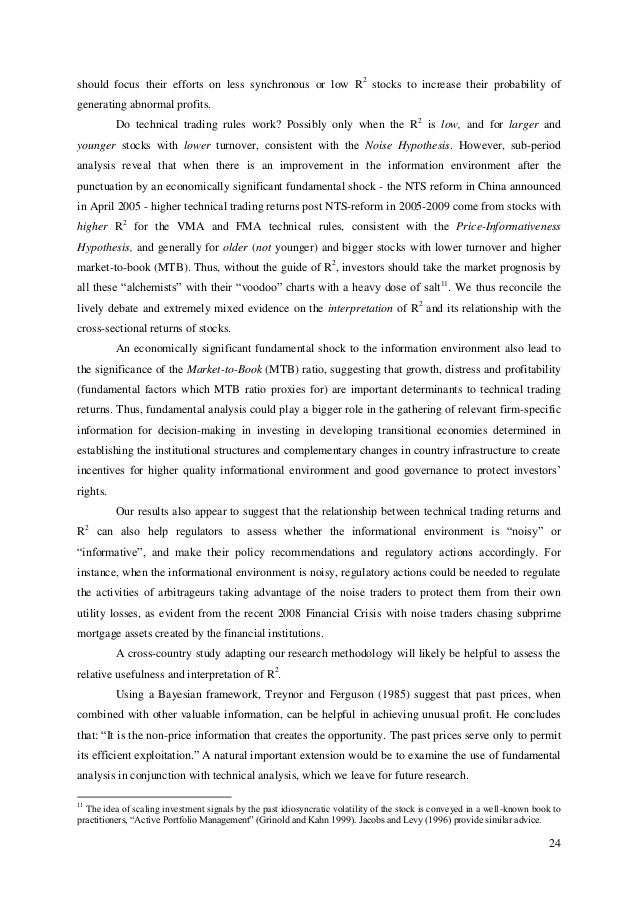
Active Portfolio Management Grinold Kahn Pdf To Excel
The Black-Litterman asset allocation model, created by Fischer Black. More often than not, investment managers have specific views regarding the. Current weighted average Implied Equilibrium differential of 2.47%), the view. According to Grinold and Kahn (1999), a manager's information coefficient is the.
4706-99 IEOR 4706 Financial Engineering I Spring 2004 Last Updated: 1/21/04 Prerequisites: Calculus, linear algebra, probability and statistics. Corequisite: A course in deterministic models (mathematical programming). Description: Mean-variance portfolio theory, dynamic asset pricing theory.
Instructor: Office Phone: (212) 854-2935 FAX: (212) 854-8103 Office: 324 S. Office Hours: Wednesdays 2:00-3:30 PM Email address: Required text: Edwin J.
Elton and Martin J. Gruber, Modern Portfolio Theory and Investment Analysis, Fifth Edition, 1995. John Wiley & Sons, Inc. Reference text: Bernstein, Peter L.
Against the Gods: The Remarkable Story of Risk, 1998. Wiley, John & Sons, N.Y. Reference text: Duffie, Darrell, Dynamic Asset Pricing Theory, Second Edition, 1996.
Princeton University Press, Princeton, N. Reference text: Richard C. Grinold and Ronald N. Kahn, Active Portfolio Management, 1995.
Google map java application download. Probus Publishing, Chicago, Ill. Reference text: Mark Kritzman, The Portable Financial Analyst - What Practitioners Need to Know, 1995. Probus Publishing, Chicago, Ill. Reference text: William F.
Sharpe, Gordon J. Alexander and Jeffery V. Bailey, Investments, Fifth Edition, 1995. Prentice-Hall, Englewood Cliffs, N.J.
Assignments: The solution to most of the assignments are available for download in the course web page. The solutions are made available to facilitate the learning process.
Students should try to solve all the problems before looking at the solutions. Students should submit complete assignments to receive full credit (10% of final grade). There is no specific due date for the assignment, but it is a good idea to keep up with the pace of the course and to send in complete assignments to CVN within two weeks of the time the material corresponding to the assignments is covered in class. Midterm exam March 11 from 4:00-6:30pm Eastern Time. One single sided sheet of notes. Final exam: May 13 from 4:00-7:00 pm Eastern Time.
One single sided sheet of notes. Grading: Exercises 10%, Midterm 40%, Final 50%. Software requirements: Recent versions of Microsoft Excel. Access to MATLAB or similar program is desirable but not necessary.
IntesaBci S.p.A. Harvey Fuqua School of Business, Duke University, Durham, NC USA National Bureau of Economic Research, Cambridge, MA USA September 10-13, 2001 Course Description This course delivers the theory and the quantitative tools that are necessary for advanced application of the principals of global asset management. The focus of the course is on strategic and tactical rather than passive asset management.
To this end, we develop the fundamental concepts of asset valuation in a world with time-varying risk and risk premiums. We also focus on the most recent advances quantitative forecasting methods. The course builds on three asset allocation concepts.
We begin with the strategic asset allocation decision. This is a long-term posturing.
Next we discuss tactical asset allocation. This is short term changes in investment weights that capture targets of opportunities (sometimes called market timing). Finally, we focus on the bottom up decision. One unique feature of the course is that students are shown how to put a portfolio together from individual stocks (stock picking). Video Clips I have shot a series of short clips for both of my courses. NOTE: ALL VIDEO CLIPS ARE SERVED BY DUKE UNIVERSITY SERVERS.